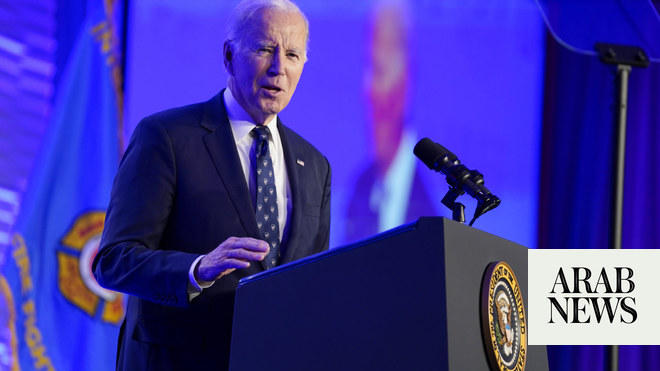
The Grenfell Tower landlord rejected professional help to check that the planned refurbishment met building regulations in order to save £30,000, the public inquiry into the disaster has heard.
In the latest evidence of cost-cutting before the June 2017 fire that claimed 72 lives, it emerged the Kensington and Chelsea tenants’ management organisation decided to do the job itself to keep costs down. The total cost of the works was around £10m.
Philip Booth, a project manager for Artelia, a construction consultant that was already working for the landlord, told the inquiry that his firm made a detailed offer to carry out the role of client design adviser, which would have involved it checking the multiple changes made from the original plans by contractors. These contractors included Harley, which was responsible for installing the combustible facade blamed for spreading the fire.
In early 2014 Claire Williams, the project manager for the Grenfell works at the TMO, asked Artelia to put forward a proposal for the role. It had carried out the same task on a neighbouring leisure centre and academy project for the council. Artelia told Williams it could review the builders’ plans and make sure they met British and European standards and “all statutory and planning requirements”.
Booth told the inquiry that on a project such as Grenfell, which underwent significant cost-cutting, having a client design adviser was a good idea. But the proposal was rejected.
Booth said its proposed role would have included checking against building regulations, including on fire safety, but Williams “was very clear that she felt that the TMO with their experience and expertise did not need the extra support … and could do it themselves and did not need the additional support and fees”.
The inquiry has already found that the facade, constructed using cheaper materials after the cost-cutting exercise, breached building regulations. Plastic-filled cladding panels swapped in for zinc in the original, more expensive design were the main cause of the spread of fire, which engulfed the 24-storey tower in less than 30 minutes.
Booth was asked by counsel to the inquiry: “Did they expressly say that to you – ‘we don’t want to incur the additional fees’?”
He replied: “Well, yes, they were very much about: do we need this role, you know, it’s 30 grand or whatever it was.”
Booth said he made clear to the TMO afterwards that it would need to sign off future designs.
Earlier this week another Artelia witness, Simon Cash, told the inquiry that the tower’s owner, the Royal Borough of Kensington and Chelsea, changed the priorities on the project so that “value for money” was placed ahead of quality.
The inquiry continues.












